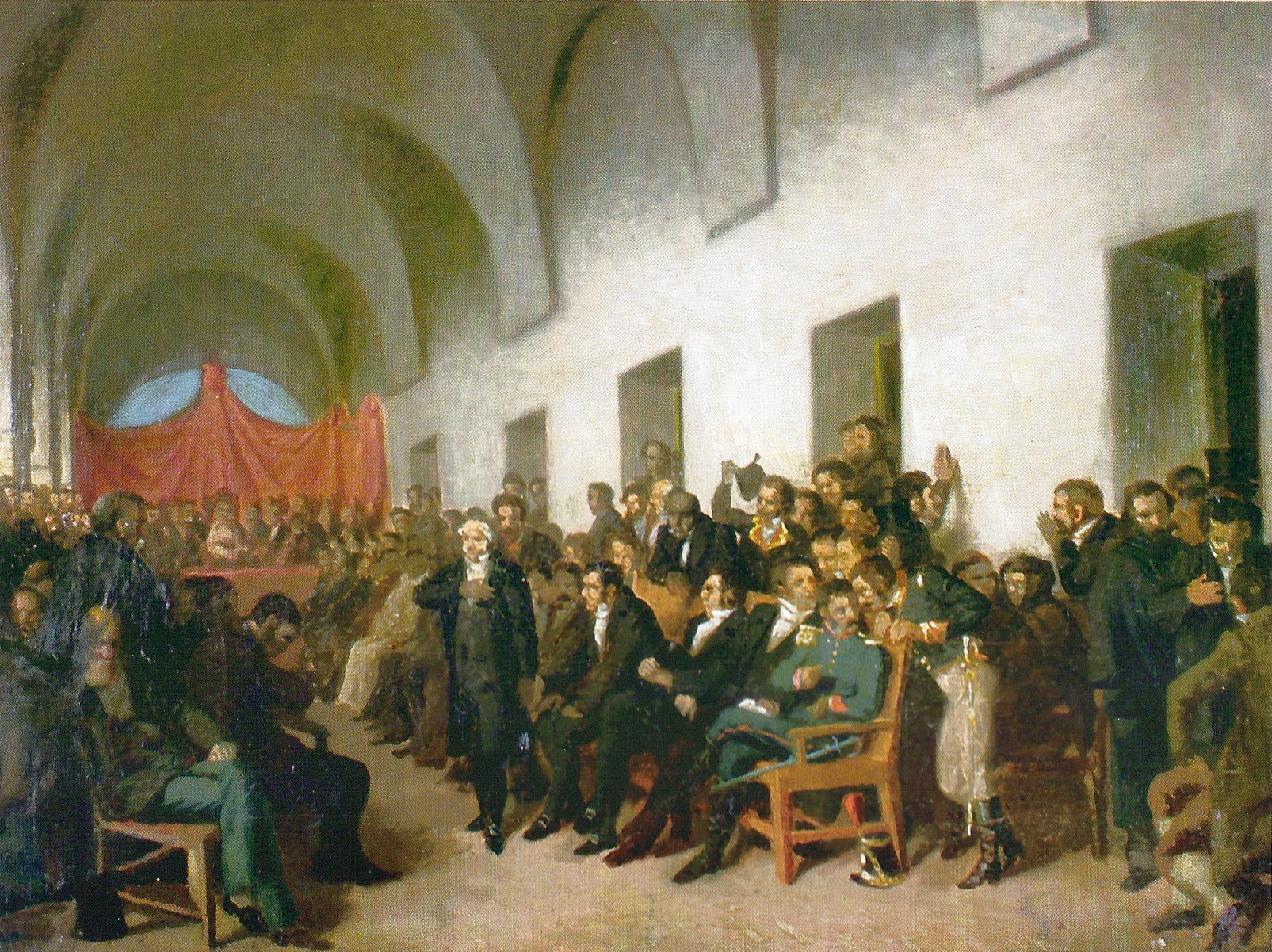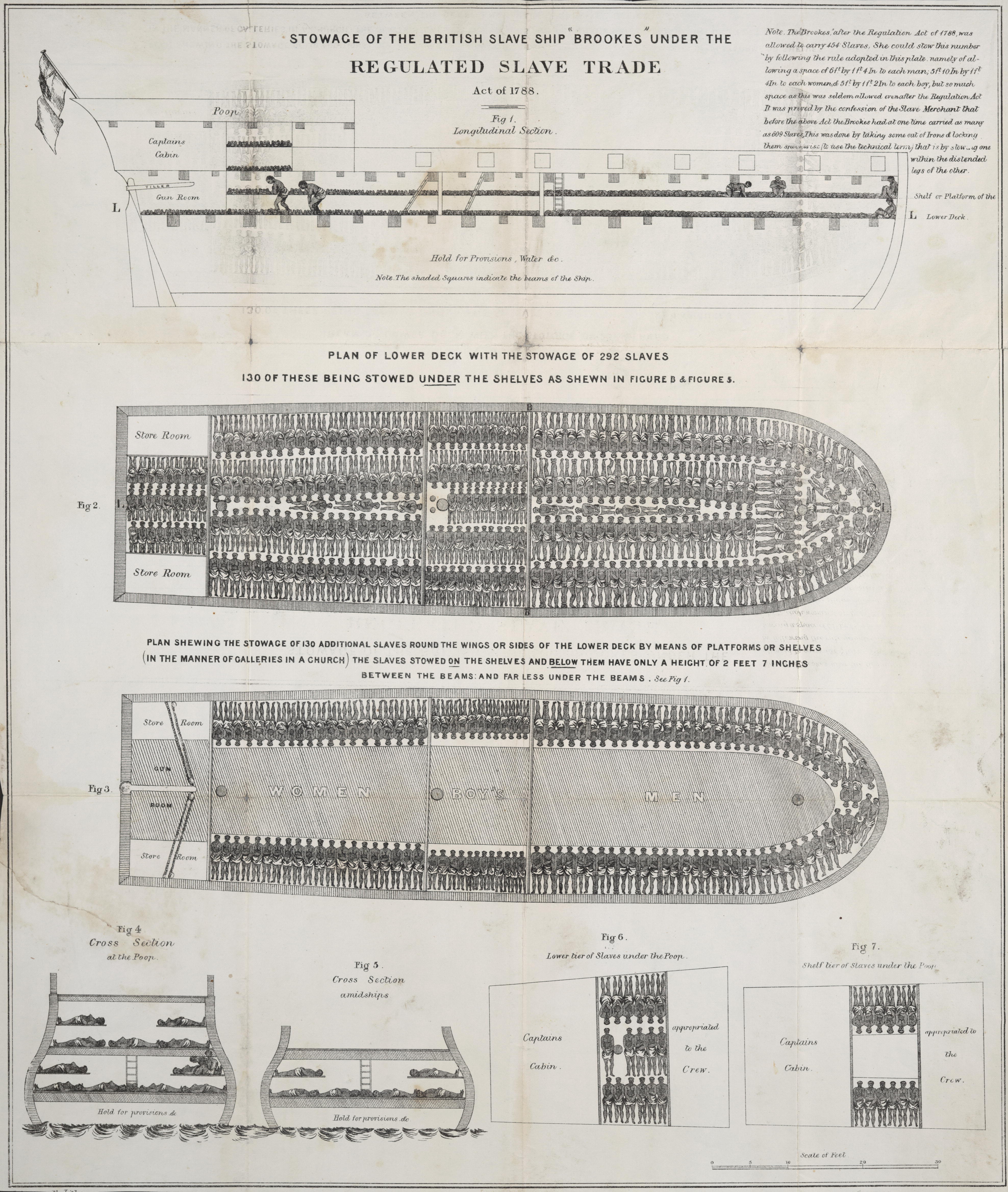|
Action Of 2 June 1807
The action of 2 June 1807 was an engagement during the British invasions of the River Plate between a British Royal Navy schooner and two Spanish small vessels, a privateer sloop and a felucca, at the mouth of the Paraná Guazú river. The encounter took place when the British warship, assisted by two armed boats, was searching for Spanish shipping off Punta Gorda, in the mouth of the Uruguay river. British blockade of the River Plate The British naval presence in the River Plate during the invasions of 1806-1807 was permanent since the arrival of Admiral Home Popham forces in June 1806 until January 1808, well after the withdrawal of the officially sanctioned expedition led by General John Whitelocke. The blockade was formally declared on 16 June 1806, and Buenos Aires was occupied by the British on the 27th. On 4 August a Spanish naval force from Montevideo and led by Santiago de Liniers landed in San Isidro. The only opposition found by the Spanish convoy was the ... [...More Info...] [...Related Items...] OR: [Wikipedia] [Google] [Baidu] |
British Invasions Of The River Plate
The British invasions of the River Plate were two unsuccessful British attempts to seize control of areas in the Spanish colony of the Viceroyalty of the Río de la Plata that were located around the Río de la Plata in South America – in present-day Argentina and Uruguay. The invasions took place between 1806 and 1807, as part of the Napoleonic Wars, when Spain was an ally of Napoleonic France. History The invasions occurred in two phases. A detachment from the British army occupied Buenos Aires for 46 days in 1806 before being expelled. In 1807, a second force stormed and occupied Montevideo, remaining for several months, and a third force made a second attempt to take Buenos Aires. After several days of street fighting against the local militia and Spanish colonial army, in which half of the British forces were killed or wounded, the British were forced to withdraw. The social effects of the invasions are among the causes of the May Revolution. The criollos, who had so ... [...More Info...] [...Related Items...] OR: [Wikipedia] [Google] [Baidu] |
Cabildo (council)
A cabildo () or ayuntamiento () was a Spanish colonial, and early post-colonial, administrative council which governed a municipality. Cabildos were sometimes appointed, sometimes elected; but they were considered to be representative of all land-owning heads of household (''vecinos''). The colonial cabildo was essentially the same as the one developed in medieval Castile. The cabildo was the legal representative of the municipality—and its ''vecinos''—before the Crown, therefore it was among the first institutions established by the conquistadors themselves after, or even before, taking over an area. For example, Hernán Cortés established La Villa Rica de la Vera Cruz to free himself from the authority of the Governor of Cuba. The word ''cabildo'' has the same Latin root (''capitulum'') as the English word chapter, and in fact, is also the Spanish word for a cathedral chapter. Historically the term ''ayuntamiento'' was often preceded by the word ''excelentísimo'' ... [...More Info...] [...Related Items...] OR: [Wikipedia] [Google] [Baidu] |
Cutter (boat)
A cutter is a type of watercraft. The term has several meanings. It can apply to the rig (or sailplan) of a sailing vessel (but with regional differences in definition), to a governmental enforcement agency vessel (such as a coast guard or border force cutter), to a type of ship's boat which can be used under sail or oars, or, historically, to a type of fast-sailing vessel introduced in the 18th century, some of which were used as small warships. As a sailing rig, a cutter is a single-masted boat, with two or more headsails. On the eastern side of the Atlantic, the two headsails on a single mast is the fullest extent of the modern definition. In U.S. waters, a greater level of complexity applies, with the placement of the mast and the rigging details of the bowsprit taken into account so a boat with two headsails may be classed as a sloop. Government agencies use the term "cutter" for vessels employed in patrolling their territorial waters and other enforcement activities. Th ... [...More Info...] [...Related Items...] OR: [Wikipedia] [Google] [Baidu] |
Gig (boat)
A gig is a type of boat optimised for speed under oar, but usually also fitted with a sailing rig for appropriate conditions. The type was in use by Deal boatmen in the 18th century. It first occurred as a naval ship's boat after Deal boatbuilders recommended a different design to boats ordered from them by the Royal Navy to equip the cutters purchased in the 1760s to combat smuggling. The captains of larger warships soon sought permission to substitute a gig for one of the heavier boats which were then used; some even had a gig built at their own expense. The gig therefore became part of the usual complement of ship's boats used in warships. Gigs also had civilian uses, being employed to take pilots to and from ships, carrying mail and people for vessels waiting at anchor for favourable winds, salvage and lifesavingand for smuggling. They could be found in places like the Mersey, as one of the faster and lighter boat types providing communication with ships anchored off the ... [...More Info...] [...Related Items...] OR: [Wikipedia] [Google] [Baidu] |
HMS Staunch (1804)
HMS ''Staunch'' was a Royal Navy 12-gun , built by Benjamin Tanner and launched in 1804 at Dartmouth, Devon. She served in the Indian Ocean and participated in the action of 18 September 1810 before she foundered with the loss of all hands in 1811. Service ''Staunch'' was commissioned in September 1804 under Lieutenant Benjamin Street and was attached to the Channel Fleet. On 30 August 1806, ''Staunch'' sailed for the Cape of Good Hope, with orders to assist in the invasions of Buenos Aires and Montevideo. ''Staunch''s crew landed and participated in the attack on Montevideo, suffering losses in the battle (one killed and four wounded). On 1 June, the Spanish privateer schooner ''Mosca de Buenos Aires'', of four guns and 60 men, under the command of Juan Bautista Azopardo, outran ''Staunch'' and the brig as they chased her upriver. Later, two boats from the British warships attempted to seize ''Mosca de Buenos Aires'' in shallow waters. They failed, although they did man ... [...More Info...] [...Related Items...] OR: [Wikipedia] [Google] [Baidu] |
Brig
A brig is a type of sailing vessel defined by its rig: two masts which are both square rig, square-rigged. Brigs originated in the second half of the 18th century and were a common type of smaller merchant vessel or warship from then until the latter part of the 19th century. In commercial use, they were gradually replaced by fore-and-aft rigged vessels such as schooners, as owners sought to reduce crew costs by having rigs that could be handled by fewer men. In Royal Navy use, brigs were retained for training use when the battle fleets consisted almost entirely of iron-hulled steamships. Brigs were prominent in the coasting coal trade of British waters. 4,395 voyages to London with coal were recorded in 1795. With an average of eight or nine trips per year for one vessel, that is a fleet of over 500 colliers trading to London alone. Other ports and coastal communities were also be served by colliers trading to Britain's coal ports. In the first half of the 19th century, the va ... [...More Info...] [...Related Items...] OR: [Wikipedia] [Google] [Baidu] |
Juan Antonio Gutiérrez De La Concha
''Juan'' is a given name, the Spanish language, Spanish and Manx language, Manx versions of ''John (given name), John''. It is very common in Spain and in other Spanish-speaking communities around the world and in the Philippines, and also (pronounced differently) in the Isle of Man. In Spanish, the diminutive form (equivalent to ''Johnny'') is , with feminine form (comparable to ''Jane'', ''Joan'', or ''Joanna'') , and feminine diminutive (equivalent to ''Janet'', ''Janey'', ''Joanie'', etc.). Chinese terms * ( or 娟, 隽) 'beautiful, graceful' is a common given name for Chinese women. * () The Chinese character :wiktionary:卷, 卷, which in Mandarin is almost homophonic with the characters for the female name, is a division of a traditional Chinese manuscript or book and can be translated as 'fascicle', 'scroll', 'chapter', or 'volume'. Notable people * Juan (footballer, born 1979), Brazilian footballer * Juan (footballer, born 1982), Brazilian footballer * Juan (footb ... [...More Info...] [...Related Items...] OR: [Wikipedia] [Google] [Baidu] |
Slave Ship
Slave ships were large cargo ships specially built or converted from the 17th to the 19th century for transporting slaves. Such ships were also known as "Guineamen" because the trade involved human trafficking to and from the Guinea coast in West Africa. Atlantic slave trade In the early 1600s, more than a century after the arrival of Europeans to the Americas, demand for unpaid labor to work plantations made slave-trading a profitable business. The Atlantic slave trade peaked in the last two decades of the 18th century, during and following the Kongo Civil War. To ensure profitability, the owners of the ships divided their hulls into holds with little headroom, so they could transport as many slaves as possible. Unhygienic conditions, dehydration, dysentery and scurvy led to a high mortality rate, on average 15% and up to a third of captives. Often the ships carried hundreds of slaves, who were chained tightly to plank beds. For example, the slave ship ''Henrietta Marie ... [...More Info...] [...Related Items...] OR: [Wikipedia] [Google] [Baidu] |
Juan Bautista Azopardo
Juan Bautista Azopardo-Native name Ġann Patist Azzopardi (Born 19 February 1772 in Senglea, Malta –Died 23 October 1848 in Buenos Aires) was a Maltese privateer and military man who fought under the flags of the Netherlands, Spain, and Argentina. Early life Juan Bautista Azopardo was born in Senglea, Malta, the son of Rosina (née Romano) and Salvatore Azopardo. As a young man he studied naval architecture at the French arsenal in Toulon. Privateer Azopardo served with the French and the British fleets, the latter under the command of Admiral John Jervis. He captained the tartanes ''San Antonio'' and ''Anime del Porgatorio''. He later served as a privateer with a Letter of marque from the Netherlands, and then with a letter of marque from Spain against England. Azopardo arrived in the Río de La Plata area in the first years of the 19th century. During the war between England and the Batavian Republic (the Netherlands), he served on the schooner ''De Hoop'' an ... [...More Info...] [...Related Items...] OR: [Wikipedia] [Google] [Baidu] |
Banda Oriental
Banda Oriental, or more fully Banda Oriental del Uruguay (Eastern Bank), was the name of the South American territories east of the Uruguay River and north of Río de la Plata that comprise the modern nation of Uruguay; the modern state of Rio Grande do Sul, Brazil; and some of the modern state of Santa Catarina, Brazil. It was the easternmost territory of the Viceroyalty of the Río de la Plata. After decades of disputes over the territories, the 1777 First Treaty of San Ildefonso settled the division between the Spanish Empire and the Portuguese Empire: the southern part was to be held by the Spanish Viceroyalty of the Río de la Plata and the northern territories by the Portuguese ''Capitania de São Pedro do Rio Grande do Sul'' ( en, Captaincy of Saint Peter of the Southern Río Grande). The Banda Oriental was not a separate administrative unit until the ''de facto'' creation of the Provincia Oriental ( en, Eastern Province) by José Gervasio Artigas in 1813 and the subsequen ... [...More Info...] [...Related Items...] OR: [Wikipedia] [Google] [Baidu] |


_-_HMS_'Pique's'_Gig_-_BHC2258_-_Royal_Museums_Greenwich.jpg)



